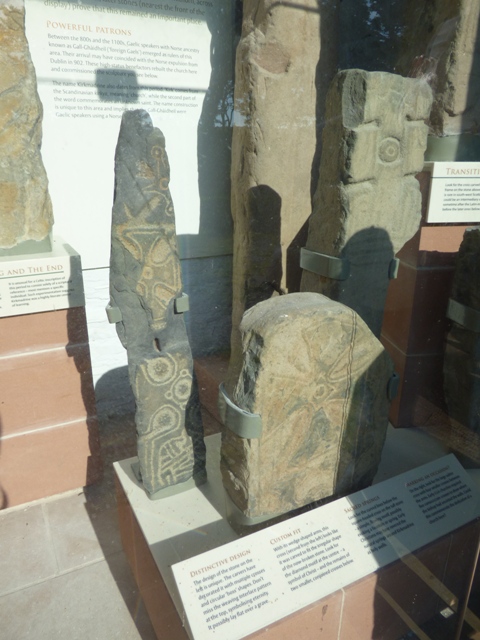Scotland Travel Blog July 2016
“Wee Scottish Churches”
It has been a busy month of travelling around and most of it has been re-visiting places to make sure that the information in the guides is still correct. But the most enjoyable thing with travel is finding new places and we still make some new discoveries even after 11 years of exploring the back roads and side lanes of Scotland.
We often find these places when we’ve got a bit of time to kill and are just randomly following a road that looks pretty, or which has a sign pointing to something with an unusual place name. As a result, we always try to work a bit of “free time roaming” into our travel schedules… you never know what you might find and this month it mainly seemed to be churches.
The first church on my travels was just outside the little village of Dunino a few miles south of St Andrews. There’s not much to Dunino village, it’s one of those places that you could blink and not realise that you’ve been there. The signpost and side road to Dunino Church is even easier to miss and you need to be sharp on the brakes as the turn onto the lane that leads to the kirk is largely hidden by hedges. All this means that you are unlikely to find any crowds at the church unless you arrive on Sunday or during a wedding. And it would make a lovely wedding venue as it is situated near the top of a rise with mature trees in the graveyard and the setting has a peaceful quality of time stood still.
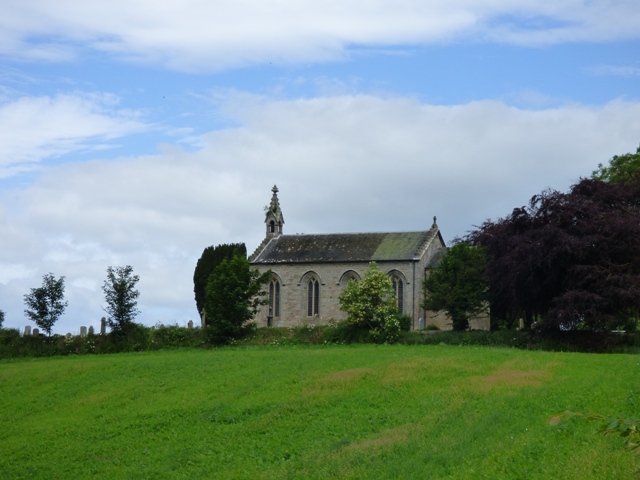
We’re not sure why this spot was originally chosen for the site of a church, but it has been a place of Christian worship for over a 1000 years and may have been a site of Pagan worship even before that. Of course, lots of churches were built upon sites of Pagan worship and this was a deliberate act to stamp out Pagan practices. In most cases the evidence of the pagan sites is buried under the latter Christian developments, but Dunino is interesting as there appears to be some continuity of the 2 sites side by side. If you walk down the path that passes between the new and the old graveyards, you will find that it disappears into the mature woodlands to the west of the church. Keep following the path and it brings you to a small “basin” carved in the red sandstone rock of a small gorge. To the left of the “basin” there are then some steps carved in a cleft in the stone and these steps lead down to a rather muddy glade beside a small stream that passes through the gorge. Some people still appear to be using this site (Dunino Den) as a “Clootie Well” although it is nothing like as popular as the better known “Clootie Well” at Munlochy on the Black Isle.
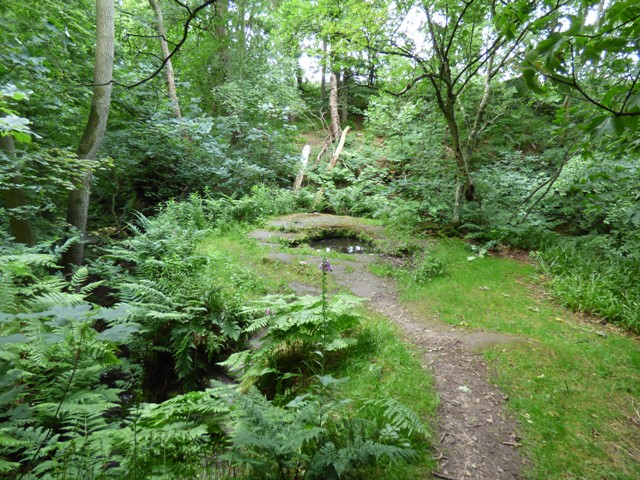
In case you don’t know the term, a “clootie well” is a Pagan practice where people would bring items of clothing from a sick relative to wash them in the magical well as a symbolic gesture of washing away the illness. The piece of cloth (“Clootie”) is then hung on the branches of a tree at the well and remains there until it has rotted away.
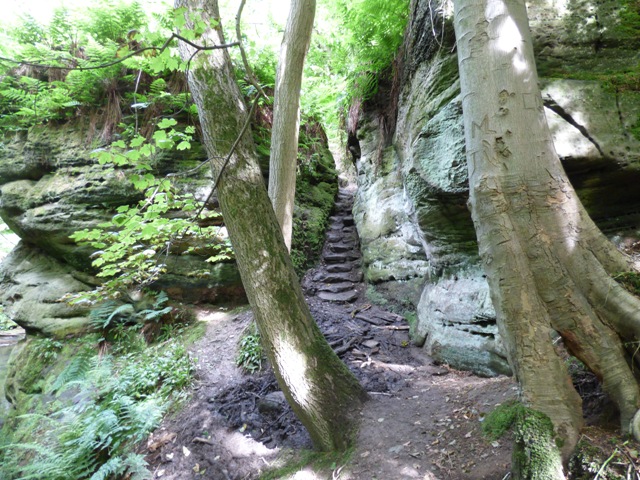
Heading into the Highlands, we had a lovely summer evening and wanted to make the most of the lovely light night in Glen Spean, so we drove up a little single track road that climbed steeply up from the A86 near Monessie Gorge. At the top of this road there is a small but well cared for car park where you can leave your car to complete the climb up to the beautifully simple little church of Cille Choirill (“Cille” being the Gaelic for church).
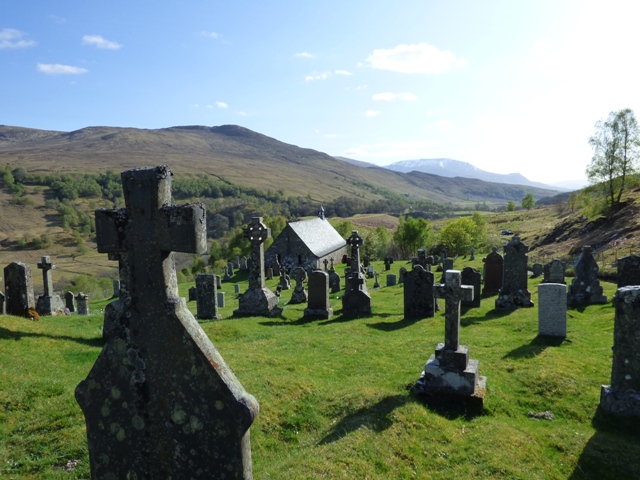
Cille Choirill Church is a quaint little 15th century chapel (restored in the 1930's) but with a history that dates back to 600AD. According to legend the body of a clan chief, Eoghunn Ruad Chulodair who was fatally wounded at Culloden, was carried back to this church by his clansmen so that he could be secretly buried beneath the chapel's floor. The party carrying his body had to travel by night to avoid detection by the pursuing Redcoats and the burial had to be done in secret for fear that the Redcoats would desecrate the grave.
As graveyards go, this is a lovely spot and if you had to spend eternity with just one view, you could do a lot worse than this outlook along Glen Spean. The graveyard is still in use and there are probably quite a few more interesting stories attached to these headstones. It is also the location of the graves of 4 soldiers from World War One. I’ve not been able to research all their causes of death, but at least one died of pneumonia at the tragically young age of 19.
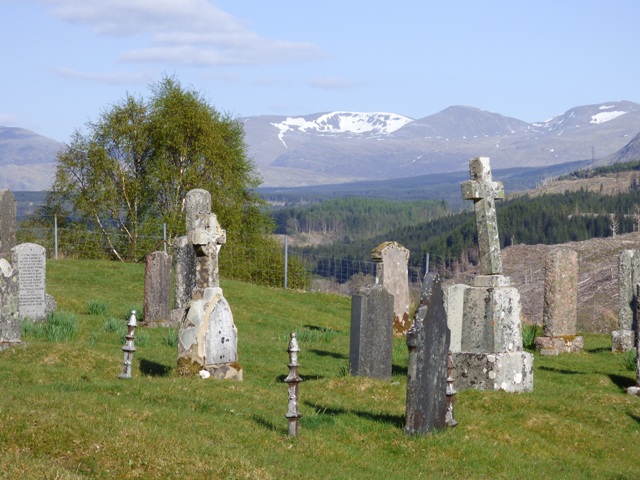
The last place of worship on our June wanderings has the longest history of Christianity of these 3 churches, but it is no longer an active church. Kirkmadrine has been a site of Christian worship since 400 AD and this fact was established by the discovery of some very early stone crosses during the building of the small church that now stands here. Although it appears to be much older in style, the current Kirkmadrine church is actually of late 19th century design, but it replaced a medieval church and before that it is likely that this was the site of an early monastery.
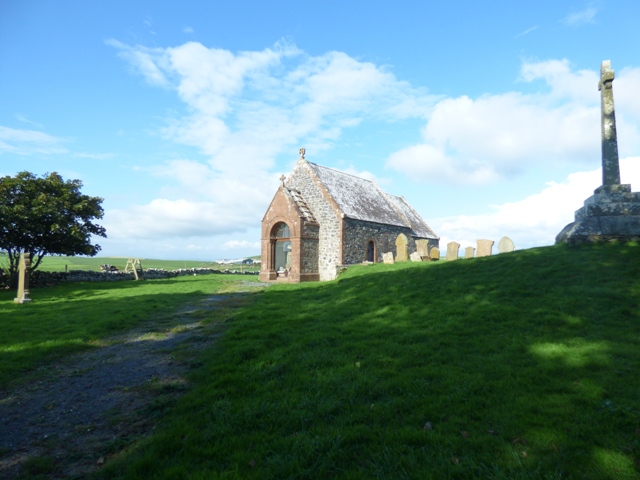
We’ve known of Kirkmadrine for a long time and have drive past the side road on many occasions as it is just off the A716 which leads to Mull of Galloway and the southernmost tip of Scotland. For one reason or another, we’ve always been too busy to take the time to detour the mile or so along the road to church, but we finally got round to it. The approach to the church is part of the appeal as you pass through an old iron gate and then have a short walk up an attractive tree lined path of a few hundred yards. As you near the church your eye is drawn to an enormous Celtic style cross that dominates the little graveyard. The cross is a Victorian addition commemorating various members of the local McTaggart family. But the interesting feature of Kirkmadrine is not the church or the Graveyard, it is a collection of stones with early Christian carvings that date from around 400 – 600 AD. The stones are displayed in a small glass fronted recess in the west gable of the church. Although they are all damaged to some extent or another, the stones clearly demonstrate that this was once the site of an important Christian community.
